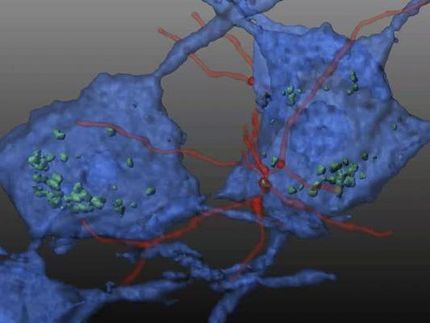Santhera Licenses Omigapil for Treatment of Rare Neuromuscular Diseases
Advertisement
Santhera Pharmaceuticals announced a licensing agreement with Novartis covering the compound omigapil for the treatment of Congenital muscular dystrophy (CMD). Under this agreement Santhera will develop omigapil as a potential treatment for this severe, genetically determined neuromuscular condition which frequently affects infants or young children with life-threatening progressive muscle weakness. Santhera expects to commence a Phase II trial in CMD patients by the end of 2008. Santhera also has the option to expand the development of omigapil (internal project number SNT-317) into other neuromuscular indications while Novartis retains a buy-back option confirming Novartis' continuing interest in the compound and its potential as identified by Santhera.
Under the terms of the in-licensing agreement, Santhera will pay Novartis an upfront fee, and a further milestone payment upon entering into the pivotal clinical trial in CMD. In return Santhera will have the right to use all preclinical and clinical data generated on omigapil and receives the remaining drug substance on stock at Novartis. Furthermore, Novartis will receive an additional payment if the drug receives market approval in the EU and the United States as well as royalties based on the sales of the product.
Novartis, on its part, retains the option to buy back the rights to omigapil under certain conditions. If Novartis decides to exercise this buy back option Santhera would be reimbursed a multiple of its development costs and would receive milestone payments upon market approval as well as royalties based on future product sales. In addition, Novartis is committed to use Santhera's specialized sales and marketing organization in the US, which is expected to be in place to support the launch and marketing of Santhera's lead compound SNT-MC17 (INN: idebenone) for Friedreich's Ataxia and other indications.
Santhera will need to perform additional preclinical development work with SNT-317, given its intended use in children, before commencing a Phase II clinical trial in CMD patients. This trial is expected to start before the end of 2008.



















































